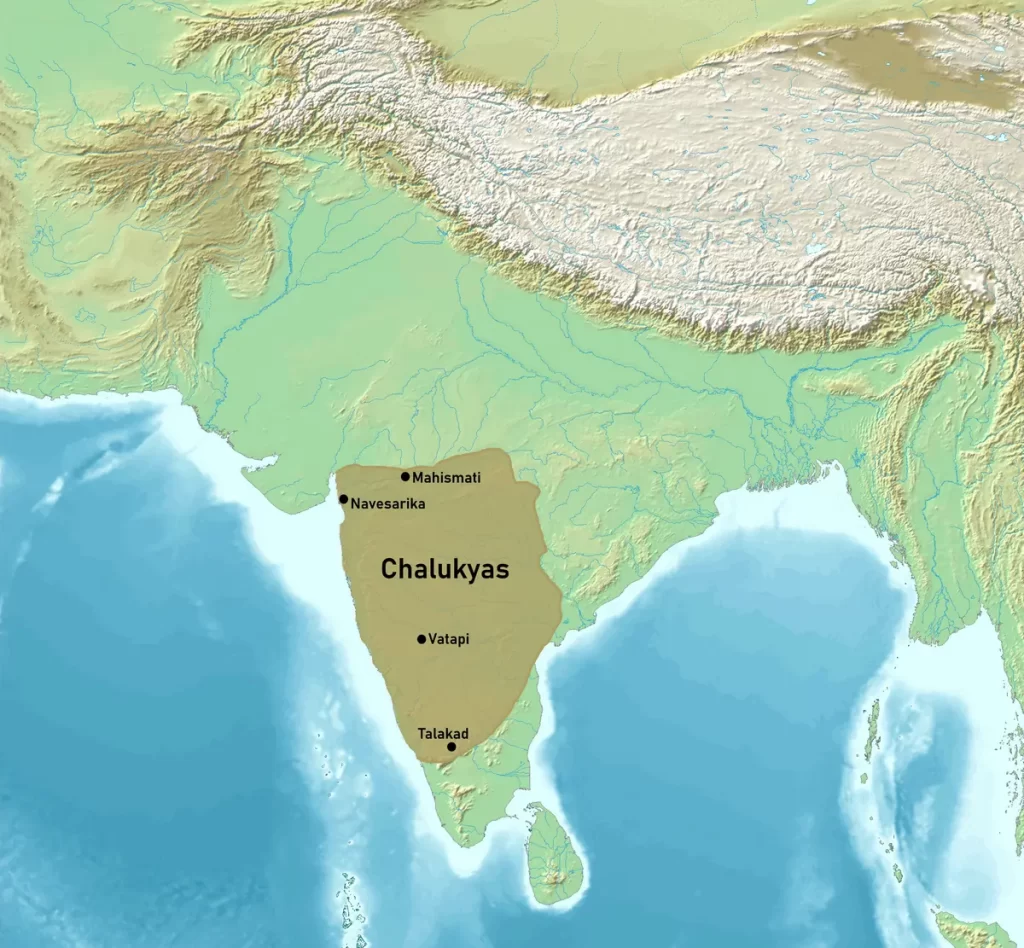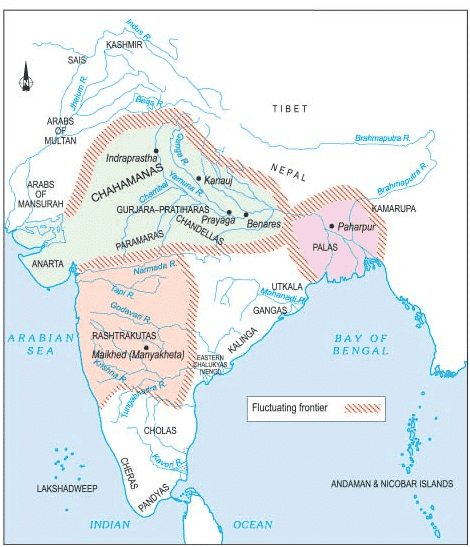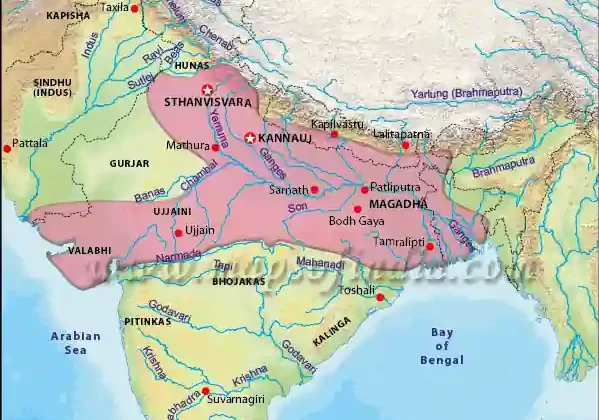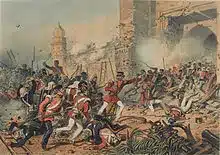Rise of the Magadha Mahajanapada
The four Mahajanapadas – Magadha, Kosala, Avanti and Vatsa were vying for supremacy from the 6th century BCE to the 4th century BCE. Finally, Magadha emerged victorious and was able to gain sovereignty. It became the most powerful state in ancient India.
- Magadha was an ancient Indian kingdom located in what is now northeastern India’s west-central Bihar state.
- It served as the foundation for a number of larger kingdoms or empires during the sixth and seventh century BCE.
- The Magadha Empire was controlled by three dynasties during its history: the Haryanka Dynasty, the Shishunaga Dynasty, and the Nanda Dynasty.
- From the sixth to the fourth centuries B.C, Magadha was the most powerful and rich state in north India.
- Jarasandha and Brihadratha were the founders of Magadha. But the growth of Magadha began with the Haryankas, continued with the Sisunagas and Nandas, and peaked with the Mauryas..
- The four Mahajanapadas — Magadha, Kosala, Avanti, and Vatsa – fought for sovereignty from the sixth to fourth century BCE.
- Finally, Magadha triumphed and was granted statehood. It ascended to become the most powerful state in ancient India.
Different reasons for the rise of the Magadha
Geographical factors: Rise of the Magadha Mahajanapada
- Magadha enjoyed an advantageous geographical position. Due to its proximity and control over richest iron deposits (found around south Bihar), Magadhan weapons were far superior and effective.
- Magadha lay at the centre of the middle Gangetic plain, which had fertile alluvium and received heavy rainfall. Thus, this area could be made more productive even without much irrigation. These fertile river plains provided a vast amount of agricultural surplus, which was essential for raising a vast standing army.
- It was located on the mainland route between west and east India.
- Magadha was encircled by rivers on three sides, the Ganga, Son and Champa making the region impregnable to enemies.
- Both Rajgir and Pataliputra were located in strategic positions.
- Rajagriha the capital of Magadha was also known as Girivraja since it was surrounded by a group of five hills which acted as a natural fort. Pataliputra the later capital of Magadha was known as Jaladurga since it was located at the confluence of the Ganga, the Gandak, the son and a fourth river called the Ghagra joined the Ganga not far from Pataliputra. The rivers could be used for defence, communications and trade.
- Forests in southern areas provided it timber and elephants, which gave a special military advantage to Magadha as all the other Mahajanapads effectively used horses and chariots in warfare. Magadha was the first state to use elephants on a large scale against its neighbours.
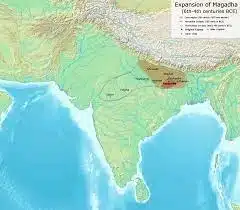
Economic factors: Rise of the Magadha Mahajanapada
- Magadha had huge copper and iron deposits.
- Because of its location, it could easily control trade.
- Had a large population which could be used for agriculture, mining, building cities and in the army.
- The availability of timber in the Gangetic plain helped them to manufacture as much boat as required for river transportation. This helped them in easy transportation for both trade and defence.
- Magadha had huge copper and iron deposits. The richest iron deposits were located near to their first capital Rajgir. They had enourmous scope to use iron ores to equip their army with effective weapons.
- Because of its location, it could easily control trade.
- The mastery over Ganga meant economic hegemony. Ganga was important for trade in North India. During the Magadha era, most of the towns developed in the mid-Gangetic plains. As a result, there was an increased trade and commerce with north-east India. This helped Magadha to impose toll on the sale of commodities and collect huge amount of wealth. Besides this, the use of metal money helped the Magadhan rulers to collect taxes more easily.
- With the annexation of Anga by Bimbisara, the river Champa was added to the Magadha Empire. Champa was important in the trade with South – East Asia, Sri Lanka and South India.
Cultural factors: Rise of the Magadha Mahajanapada
- Magadhan society had an unorthodox character.
- It had a good mix of Aryan and non-Aryan peoples.
- Emergence of Jainism and Buddhism led to a revolution in terms of philosophy and thought. They enhanced liberal traditions.
- Society was not so much dominated by the Brahmanas and many kings of Magadha were ‘low’ in origins. However they underwent a happy ethnic admixture with the Vedic people. As a result of such good relationships, the expansion of the kingdom could be easier than the earlier kingdoms who were under vedic influence.
Political factors: Rise of the Magadha Mahajanapada
- Magadha was lucky to have many powerful and ambitious rulers like Bimbisara, Ajatashatru and Mahapadmananda.
- They had strong standing armies. The large army was another factor in the rise of Magadha. It is said that the Nandas possessed 200,000 infantry, 60,000 cavalry and around 6000 war elephants. No other empire would have the courage to look towards Magadha who maintains such a huge armed force. They were the first rulers to use war elephants. The elephants were made available to them from the eastern part of the country. Elephants could be used to storm fortresses and to march across marshy areas or the areas where there were no roads or other means of transportation.
- The availability of iron enabled them to develop advanced weaponry.
- They had also innovative armaments such as rathamusula and mahasilakantika developed by Ajatashatru.
- The major kings also developed a good administrative system.
Also, refer :
- Download the pdf of Important MCQs From the History Of Ancient India
- List Of Important Inscriptions In India
- Study materials of History for competitive exams


